Circular and terrestrial aquafeed ingredients could offer valuable opportunities for aquaculture
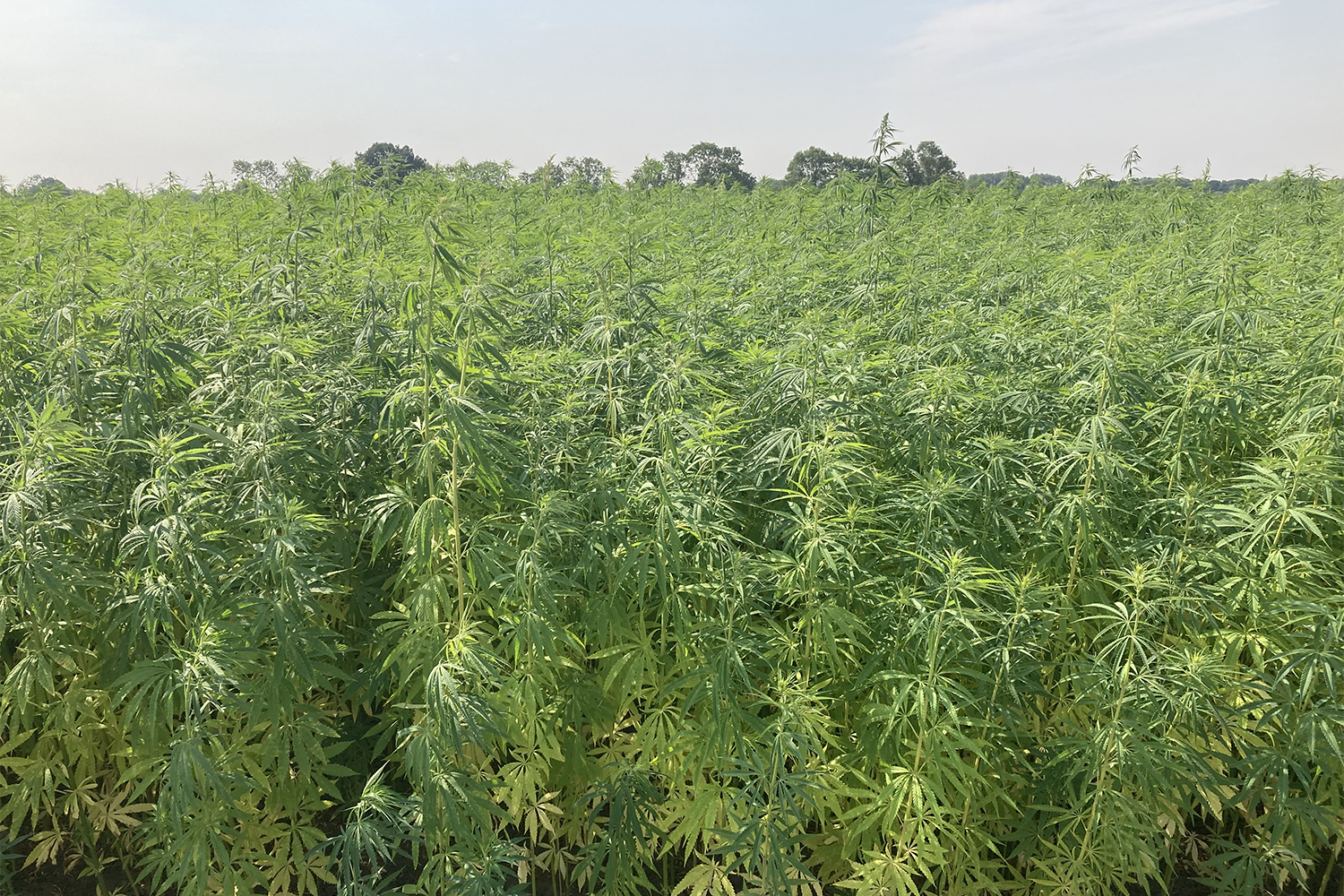
The rising demand for seafood worldwide has resulted in increased production of aquatic species and a need for aquaculture to find new ingredients that meet these species’ nutritional requirements. As pressure on the ocean’s resources intensifies, companies are searching for solutions elsewhere to provide the protein that fish need to grow.
Dr. Ming Hung Wong of The Education University of Hong Kong is offering one such solution. He has developed several formulas for feed pellets using food waste – expired items from supermarkets such as rice, wheat, vegetables, fruit and meat.
“Hong Kong produces a large amount of food waste daily,” Wong told the Advocate. “This has become a severe environmental problem as landfilling is the primary disposal method and landfills fill up very fast. This also results in gas and leachate when anaerobic decomposition occurs inside the landfills. However, recycling food waste to produce value-added products can partially solve the problem. Turning residual materials in food waste into resources is also environmentally friendly.”
Wong and his team have been working with two commercial companies – Kowloon Biotechnology Co. Ltd. and South China Resource Reborn Co. Ltd. – to produce their feed. Kowloon Biotechnology produces pellets by combining food waste items with feed supplements such as baker’s yeast, enzymes, prebiotics and probiotics. South China Resource Reborn converts the food waste into protein powder through solid-state fermentation.
Wong says that his product is a strong choice for fish farmers. Food waste already contains different proteins and nutrients, he said, and the higher the content in fish and meat waste, the more the protein powder derived from solid-state fermentation can replace protein in fishmeal. Adding feed supplements will enhance feed conversion rates, leading to faster growth and improved immunity in cultured fish. There are also other benefits.
“The trash fish commonly used in our region for predatory species such as grouper, and commercial feed pellets that contain a significant portion of trash fish, contain environmental contaminants such as mercury and pesticides,” said Wong. “Fish reared on food waste have lower levels of these contaminants, and health risk assessments indicate that they are safer for human consumption. The production cost of pellets made from food waste is also 20 to 30 percent lower than commercial feed pellets.”
Wong’s feed is suitable for species with a lower nutritional requirement such as lower-trophic level fish, herbivores (grass carp and common carp) filter feeders (grey mullet, bighead carp) and omnivores (tilapia). Polyculture of lower-trophic level fish also utilizes the residual energy derived from food waste more effectively, Wong said, due to different ecological niches and dietary preferences. He and his team have started adding biochar and Chinese herbal medicine residues into feed and researching intestinal community changes in fish in relation to their health condition.
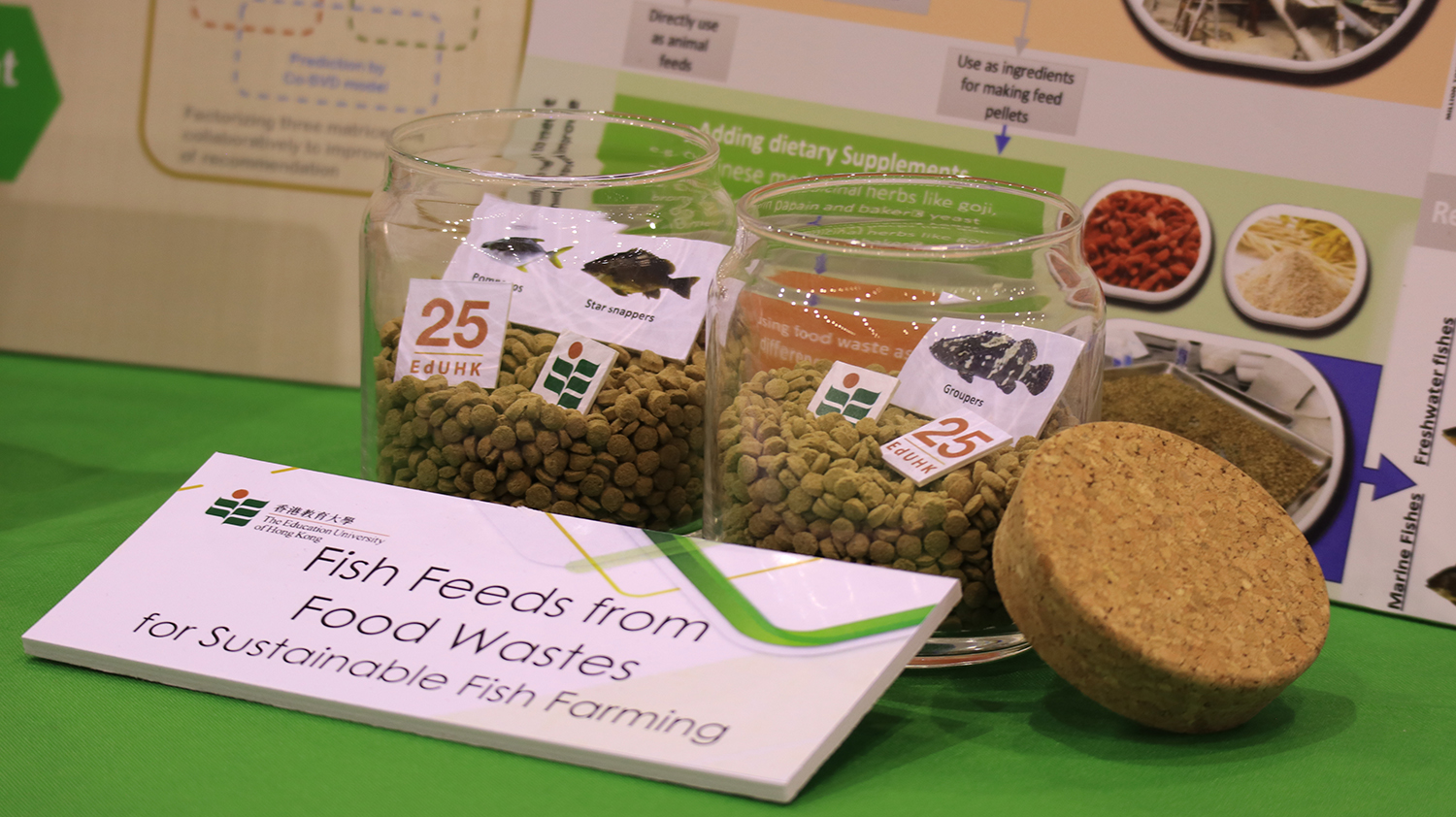
Researchers in the UK also believe that novel aquafeed ingredients are the way of the future. Suneet Shivaprasad is chief technology officer and co-founder of the startup Rare Earth Global. Since founding the company five years ago, Shivaprasad and his team have been working with hemp and evaluating it as a potential ingredient for the past two years.
Their work into developing fish feed started with support from the UK government and the Sustainable Aquaculture Innovation Centre (SAIC) in Scotland. Over the course of several months, the team, together with Dr. Monica Betancor, associate professor at the University of Stirling, and support from SAIC, evaluated the opportunity to introduce hemp as a viable feed ingredient that could reduce scope 3 (supply chain) emissions in fish feed. A feasibility research project followed with Atlantic salmon as a result of the collaboration. The company then received U.S. $329,000 in funding from the UK Seafood Innovation Fund (SIF) to run a commercial pilot after the positive results of the feasibility study.
“I led product evaluation from the initial qualities of hemp seeds compared to the established ingredients in formulations that already existed,” said Shivaprasad. “We were introduced to several research partners and also worked with Dr. Betancor on our feasibility research project. It’s always hard to predict how fish will react to a new ingredient, but our results have been better than anticipated.”
The feasibility study evaluated two types of hemp meal against factors such as digestibility, fish growth and impact on gut health. After nutritionally characterizing several products, the team found that hemp seed meals contain high levels of aspartic acid, glutamic acid, phenylalanine, histidine and arginine comparable to levels in fishmeal, with minimum anti-nutritional factors. The two hemp seed meals with the highest protein content in the feasibility study were found to be highly digestible, with an overall protein digestibility of the ingredients of 100 percent. Work is now underway to increase the protein content and balance the inclusion of hemp seed into formulations for salmon, trout, shrimp, tilapia and other species.
With global demand from some of the largest fish farms and feed producers, Rare Earth Global is aiming to complete a commercial pilot for Atlantic salmon in 2024 and produce its feed for buyers. The company has partners in countries including Chile and Thailand where it can produce a local supply of hemp to cater not only to European buyers but also to the South American and Asian markets.
While the product won’t be at price parity from day one, Shivaprasad said the company can reach price competitiveness and scale through its zero-waste approach in which every part of the hemp plant is used for maximum value. Additional environmental benefits, such as carbon reduction and soil remediation from hemp roots to regenerate overfarmed land, are also provided.
Dual-purpose varieties that Rare Earth Global is introducing are suitable for aquafeeds, said Shivaprasad.
“These varieties have never been grown at scale,” he said. “They have been waiting for an end market company like ours, which can track material quality for both the stalk and seeds, and match them to multiple end markets simultaneously. Depending on the seed variety, the final product preparation is different to ensure maximum value for the fish farm as well as the best output for fish health and growth.”
As aquaculture continues to expand, a portfolio of ingredients will be key to meeting future feed demand, so industrializing a range of new ingredients is an important step for the sector. Betancor said that alternative protein ingredients are also much needed to nourish the growing population as well as the animals that feed them, but fishmeal will remain a significant ingredient.
“While it will continue to be included within aquafeeds, its role has changed from that of principal protein supply to that of a more strategic raw material,” she said. “Nevertheless, a healthy basket of alternative ingredients is necessary to ensure the resilience of aquaculture and other livestock farming.”
Wong agrees with the need for novel ingredients, given that fishing down the food chain and farming up the food chain are unsustainable. However, laws and regulations must be observed.
If you manage to produce a suitable ingredient, the biggest barrier is being able to get to price competitiveness quickly.
“Regulations on using recycled materials as fish feed are scarce,” he said. “Fish can also effectively accumulate and magnify environmental pollutants in food chains, leading to high concentrations in species like tuna and swordfish. We must ensure that sites for fish culture are pollution-free with safe, hygienic culture methods, no hormones or antibiotics, and high-quality feed.”
Shivaprasad says that every ingredient has its own regulations to overcome, and adds that a working group with government, feed producers and fish farms could be established to oversee the support of companies when introducing new ingredients. Buyer interest, the ability to scale and integrate a new ingredient into the feed production supply chain, and product quality – protein content, palatability, digestibility and antinutrient factors – will also need to be taken into account, along with price competitiveness.
“If you manage to produce a suitable ingredient, the biggest barrier is being able to get to price competitiveness quickly,” he said. “If there was a way to subsidize or incentivize fish farms to buy more expensive ingredients, it would enable innovative companies to overcome the ability to compete on price with established commodities. We’ve had to develop a new supply chain model to overcome this.”
Wong also points to the need for more proactive governments.
“Heavy government subsistence is essential, in addition to formulating relevant policies guiding the collection and processing of food waste, production and distribution of food waste pellets, their subsequent usage by fish farmers and product safety for consumers,” he said. “Environmental education to enhance public awareness of the circular economy principle is also key.”
Novel aquafeed ingredients are a unique opportunity to help aquaculture develop and characterize promising innovations. With fishmeal generating negative environmental impacts, including carbon emissions, Shivaprasad sees widespread adoption of different feed ingredients over the next few years as solutions scale to meet industry-led demand. Rare Earth Global has been conducting additional tests to confirm the suitability of hemp seed oil to replace fish oil, which requires an appropriate nutritional replacement, while more projects are in the pipeline for 2024.
“We will continually develop new formulas for different needs with our partners,” said Shivaprasad. “Many new feed ingredients are currently an accompaniment for fishmeal and a replacement for soy. However, they will move to replace fishmeal as innovations around new feed are accelerated by the integration of new technologies and the balance of novel ingredients, ensuring that all nutritional considerations are appropriately replaced.”
Now that you've reached the end of the article ...
… please consider supporting GSA’s mission to advance responsible seafood practices through education, advocacy and third-party assurances. The Advocate aims to document the evolution of responsible seafood practices and share the expansive knowledge of our vast network of contributors.
By becoming a Global Seafood Alliance member, you’re ensuring that all of the pre-competitive work we do through member benefits, resources and events can continue. Individual membership costs just $50 a year.
Not a GSA member? Join us.
Author
-
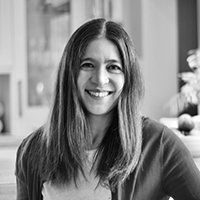
Bonnie Waycott
Correspondent Bonnie Waycott became interested in marine life after learning to snorkel on the Sea of Japan coast near her mother’s hometown. She specializes in aquaculture and fisheries with a particular focus on Japan, and has a keen interest in Tohoku’s aquaculture recovery following the 2011 Great East Japan Earthquake and Tsunami.
Tagged With
Related Posts
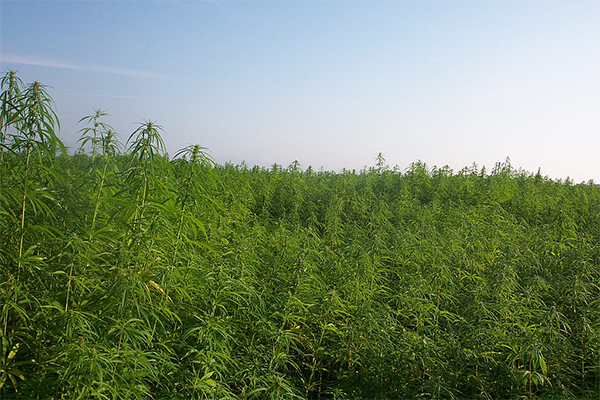
Aquafeeds
Hemp protein to be tested as a potential salmon feed ingredient
A team of Scottish researchers will trial hemp protein's impact on the health and well-being of Atlantic salmon (Salmo salar) farmed in Scotland.
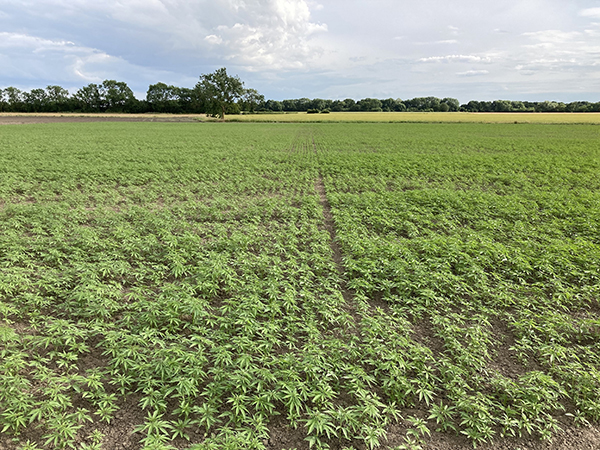
Aquafeeds
Hemp seeds trialed as a feed ingredient for Scottish salmon
Rare Earth Global is exploring how hemp seeds could be integrated into the diets of farmed salmon in Scotland.
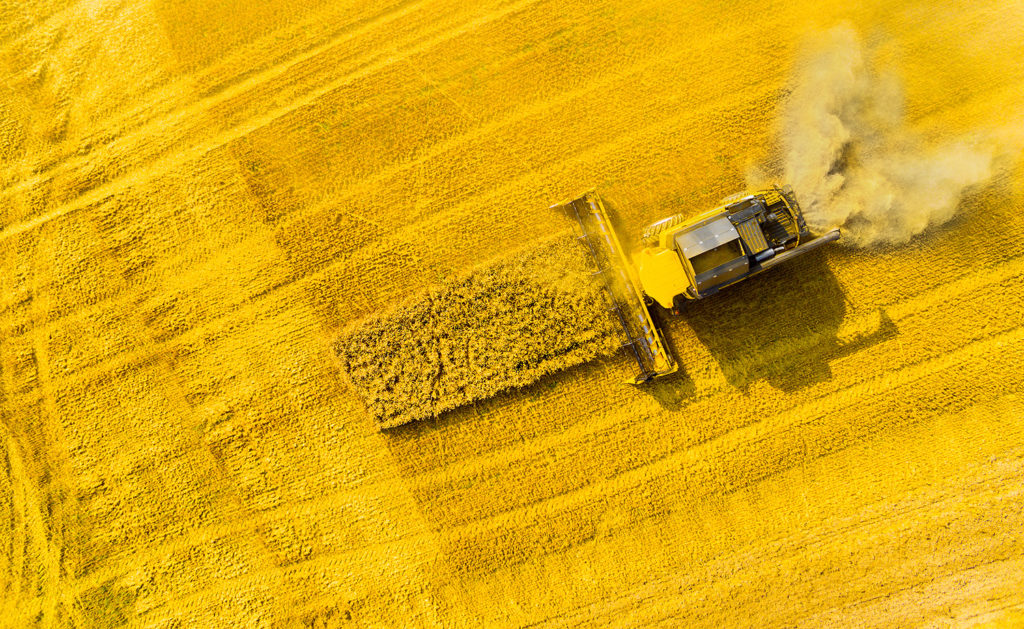
Aquafeeds
A push for rapeseed as a viable aquafeed ingredient
One Germany-based company says rapeseed protein concentrate, or RPC, can help aquafeed manufacturers meet growing demand.
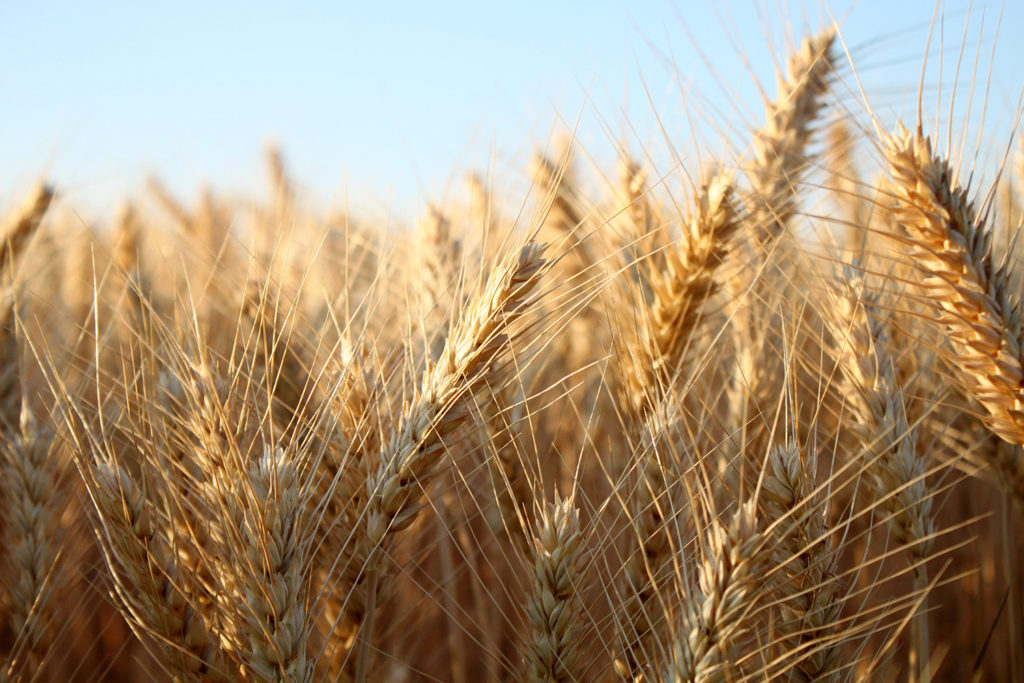
Aquafeeds
Montana firm putting barley on the alternative feed ingredient menu
Aquafeed manufacturers around the world seeking alternatives to fishmeal may soon be able to turn to an abundant and underutilized crop: barley.


